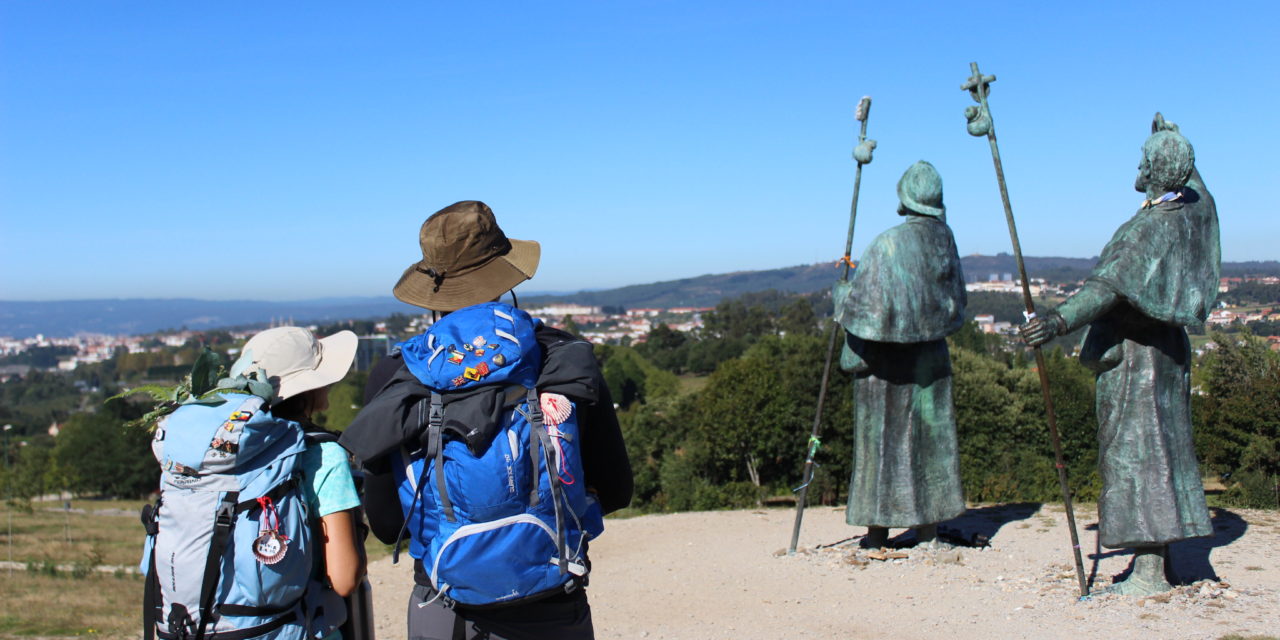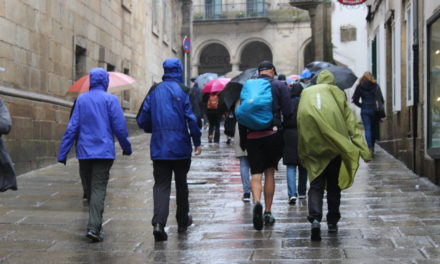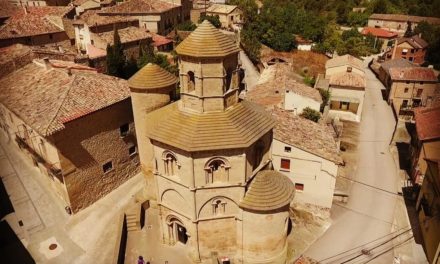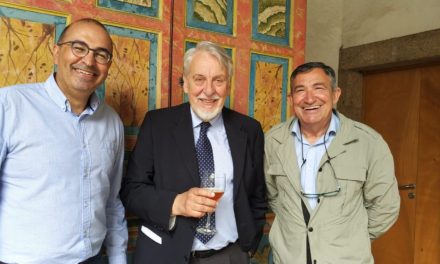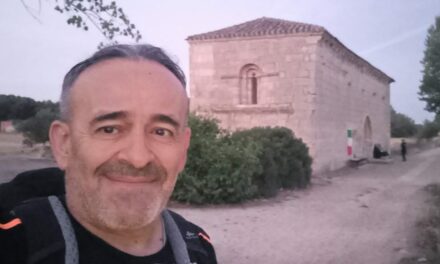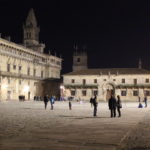The pilgrimage of the 21st century is undoubtedly very different from that of medieval times, but there is one aspect in which the two experiences seem to be similar: the emotions experienced during the Camino and those that are experienced when reaching the goal, Santiago de Compostela. That is why the pilgrims of today, despite not having run the same risks of those who crossed Europe in the Middle Ages, can surely recognize their own emotions in the testimonies of those who reached Monte do Gozo, the first point from which the pilgrim I could see the cathedral of Santiago and feel that he had finally reached the goal.
A good example of the emotions experienced by the pilgrims on the Monte do Gozo is the story of Laffi, a pilgrim to Compostela of the seventeenth century. In his famous guide, Laffi recalls that after washing in the fountain of Lavacolla he climbed to the top of Monte Gaudio, from where he could contemplate the so “sighed for and acclaimed” Santiago. At that moment, he says, before the sight of the city he knelt and began to cry with joy, like his companions, starting soon after singing a Te Deum, although they soon had to stop because the emotion and the tears drowned their singing. That ritual described by Laffi, that emotion, are those that were repeated over hundreds of years and are still repeated today among the thousands of pilgrims who pass through Monte do Gozo, whatever their origin or condition.
Another story that allows us to get closer to the experience on Monte do Gozo, is that of the German pilgrim Hermann Künig von Vach, whose pilgrimage to Santiago took place in 1495. The German recounts how on arriving at this place: “… the many efforts made become mere happy travelling companions, when one enjoys the vision of this (the city of Santiago) safe and sound “and describes the climb up to Monte do Gozo remembering that” for this they have had to climb a mountain next to a cross, next to which there is a big pile of stones. ”
Among the Spanish pilgrims, we find a very interesting testimony in the story of Bartolomé de Villalba, pilgrim to Compostela in the sixteenth century. The pilgrim describes in detail the different reactions that could be seen when pilgrims first set eyes on Santiago from Monte do Gozo, a place that was for the pilgrims as a safe harbor is for those who travel the sea. This text tells us that there were pilgrims who gathered and thanked God, while others described and remembered their Way, mentioning the best hospitals or praising knights or clergy who had given them alms or assistance, while others remembered the promises of Masses and prayers they would make upon their arrival.
Among the many traditions linked to the place, through the stories of pilgrimage we know the custom that those who made pilgrimages on horseback, dismounted on the Monte do Gozo to continue on foot to the cathedral of Santiago. This was the case of a retinue of Queen Isabella of Portugal -the Rainha Santa-, from whose pilgrimage to Santiago in 1324 there is a story that recounts how she went on foot from Monte Gozo to the tomb of the apostle. Another royal figure who left behind him an account of his pilgrimage was Alfonso XI, who left Burgos to visit the tomb of the apostle and according to the story: “He stood in a place called ‘Mount Joy’( Monte de Gozo) then went on foot to the chapel in the church of Santiago”.
The joy and devotion that the arrival at the Monte do Gozo caused were such that, in some cases, the pilgrims decided to walk barefoot from this point, although some well-known pilgrimage stories, such as that of the German Rosmithal, refer only to the tradition of taking off shoes to enter the church of Santiago.

